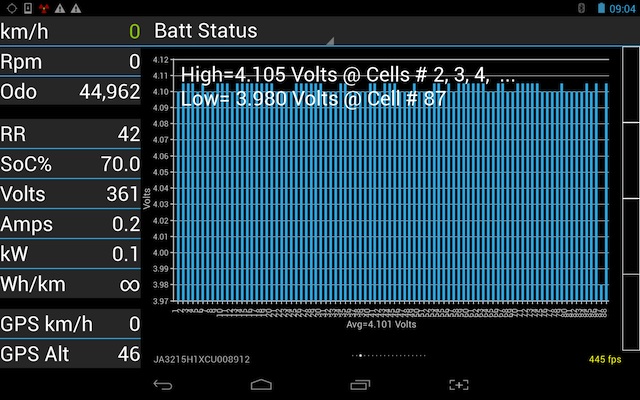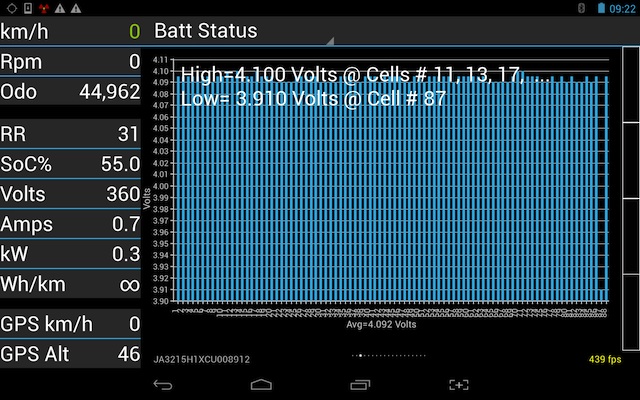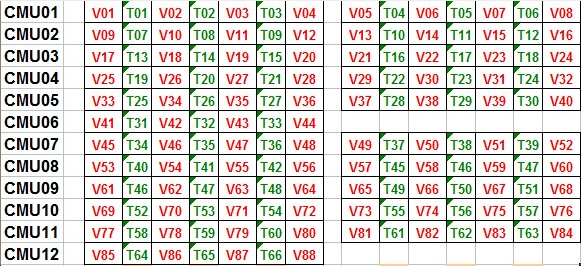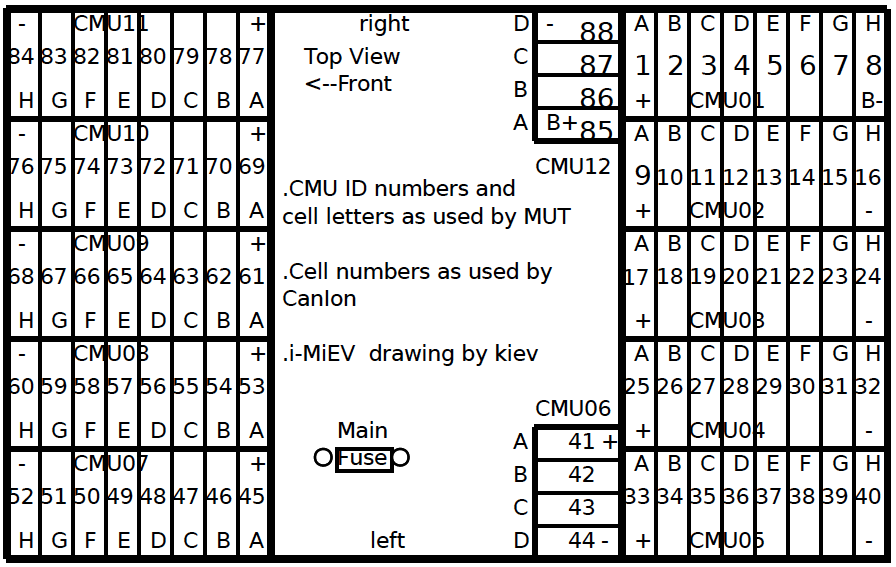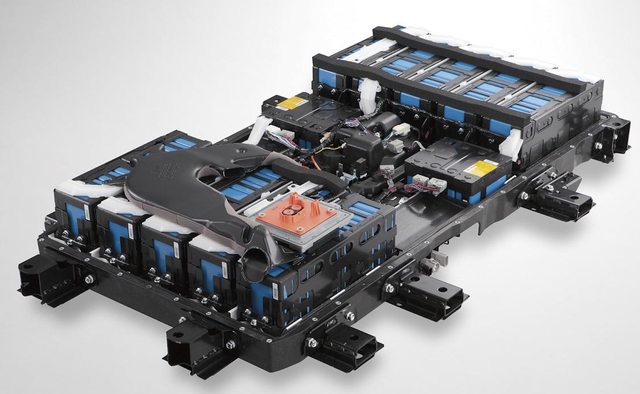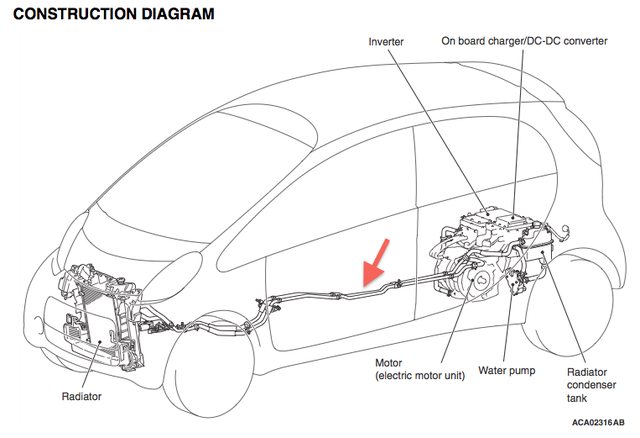Rather than start a new thread, I thought I'd just write up my experience here. I had made an appointment to take the i-MiEV in to the dealer on March 9. The car had 24.5K miles on it when I bought it used in December and now has 27.9K miles.
Here's the letter I wrote to the dealer on Sunday, 8 March, but updated the following morning when I saw a further deterioration.
The purpose of this letter is to ensure that I properly communicate to you the problem that I am experiencing with my 2012 i-MiEV.
Over the last several weeks the car's range has been diminishing and battery charging has deteriorated. Here are the symptoms, roughly in chronological order:
1. First of all, the range available seemed to start dropping. I did not worry about this too much as it could have been caused by cooler weather or simply my driving style inconsistency.
2. Then the charging seemed to go much faster than normal. For example, normally, using 240vac, the car recharged at a rate of around 3 bars/hour, but then it seemed to start taking less time to do the same thing.
3. About a week ago I noticed that, when attempting to fully charge, the charger would not turn off for a long time despite the car showing fully charged. Looking at my home power monitor (T.E.D. 5000) I noted that the charge would continue to very slowly taper off all the way down to zero power over a long period of time. Normally, the power is constant, then decays to a certain point, and then the car's charger shuts off well before dropping down to zero power.
4. Then, later last week, something changed and the charger would no longer fully charge the car, and stopped at 13 bars. After this I drove it a bit and when I tried recharging again it has now stopped at 12 bars. As I write this I hope I have enough charge available to drive it the 25 miles to your shop.
UPDATE 9 March, 2015: This morning I tried to top the car up before going to your shop. When I plugged the car in it started to charge and then almost immediately stopped charging. The 'fuel gauge' had dropped to 8 bars!
5. The car's charger properly responds to plugging in and starting the charge. The situation is the same whether I use my 120vac EVSE or my 240vac EVSE.
6. The car has had no failure indications on the dashboard display.
I own two i-MiEVs and really love these cars! I have not had one bit of trouble with my first i-MiEV, which now has over 36,000 miles.
So, on March 6th here's what the CaniOn readout looked like:
On Monday March 9th, when I tried to top up the car before the 25-mile trip to the dealer and the car basically would not take a charge, here's what the readout looked like (note that it has dropped from 70% to 55% without even having been driven and only having power turned on for the few minutes to take the CaniOn shots):
I ended up calling Mitsubishi to have the car flatbeded to the dealership, but they told me that since it is two months past the 36-month warranty that I would have to pay $103 for this service. We were on a tight schedule that day so I elected not to try to drive it there as who knows how the battery would respond? The dealer was very cooperative and allowed that if this is a warranty repair then he'd try to get the towing refunded.
In talking with the dealer I elected not to share my CaniOn information with him, as I didn't want to be discourteous and appear to be telling him what to do.
So, the dealer called me on 10 March to let me know that they had found a defective cell in the pack (corroborating what CaniOn had already told me) and wanted me to come in the following day to fill out a questionnaire from Mitsubishi. I did that but for some reason the service manager didn't want to run a copy of it for me. The questions were somewhat generic and presumed an immediate failure rather than a gradual deterioration, so I merely referred to my letter on the questionnaire and asked the service manager to be sure to attach a copy of it to that questionnaire.
Next step was for the dealer to submit the paperwork to Mitsu HQ and he'd let me then know what happens next.
What caused the failure? This car had lived for three years in Bakersfield, California, where it gets awfully hot all summer long. The car was a daily driver and if I recall the owner said he charged it at work and the car was outside (but in the shade), so we can draw our own conclusions as I don't think he had a timer shutoff or used the Remote to stop charging before it went full. But who knows? Even though I got reasonable range from the car when I first bought it, the consumption and RR display seemed a little 'different' than what I was used to with my first i-MiEV. Don't know if these might have been early indications of something wrong. I hadn't noticed any cell problems and only started taking CaniOn screenshots in the last couple of weeks.
I found it very interesting looking at the CaniOn readout. Even though we don't see it in the pictures, the voltage and probably minimal current draw is telling the charger that the battery is fully charged, so it shuts off
. Independently, the SoC calculation says that it's only at 55% capacity, which is accurately represented on the fuel gauge as 8 bars and also a corresponding RR decrease. A 200mv drop in one cell is enough to seriously affect this system!
I have every confidence that Mitsubishi will do right by me and repair/replace the pack, and I'll keep y'all informed of my progress.



































